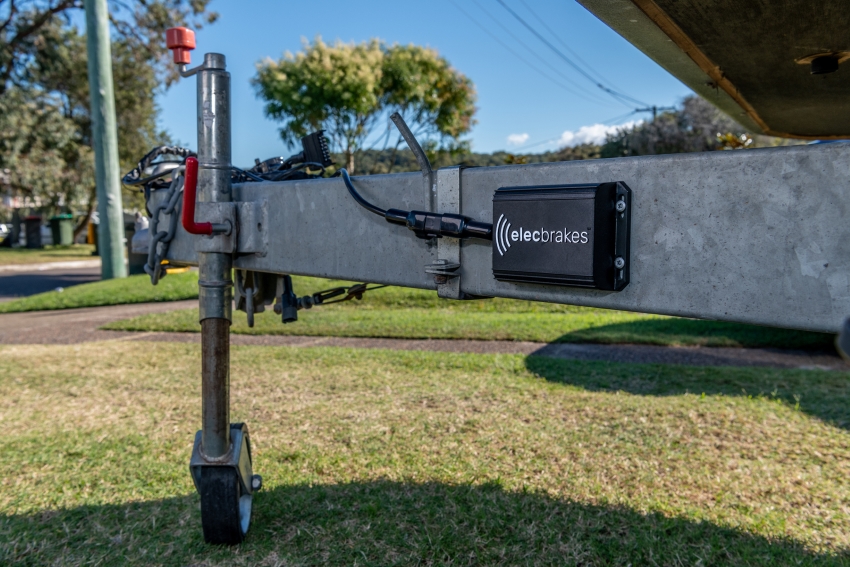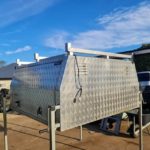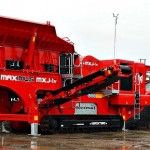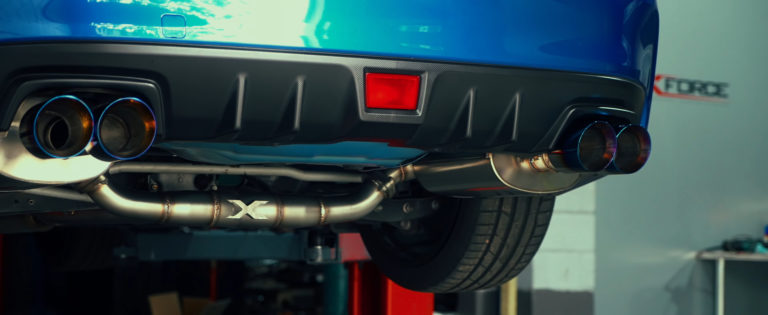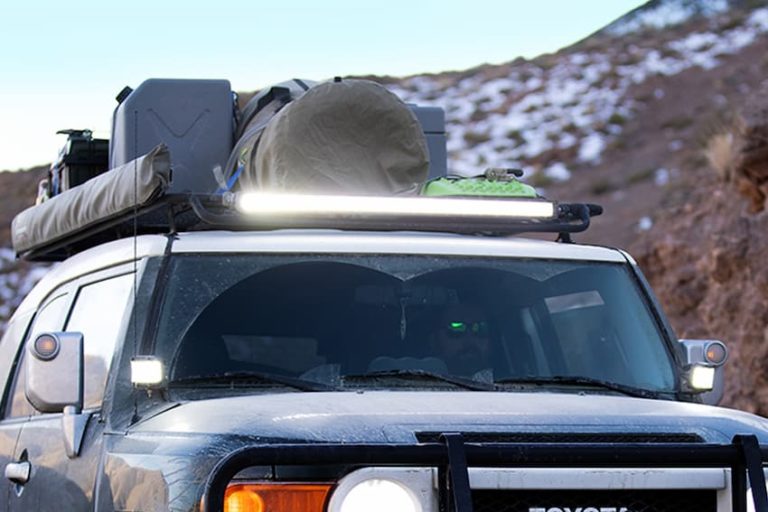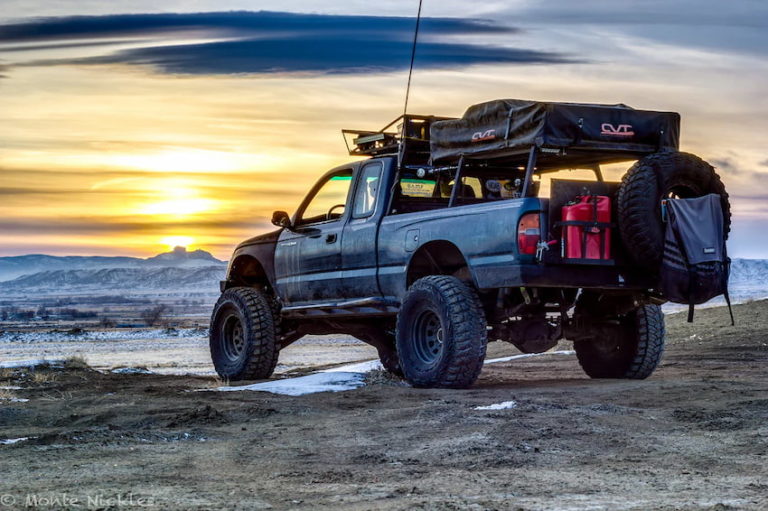The spate of recent accidents involving caravans on Aussie roads speaks volumes of the safety precautions drivers throw out the window when towing. Disregarding speed limits, mistiming overtaking, not adapting driving to the road conditions and overloading are some of the main culprits that lead to accidents. Vehicles that miss out on the necessary routine checks before any trip are more likely to be involved in unwanted situations. The same goes for overlooking essential safety gear installed between the vehicle and your caravan, boat or trailer.
Before Heading Out
Before any trip, do the maintenance checks on the towing vehicle. Check brakes, tyre wear, coolant and oil levels, and that there are no surprises in the springs and shocks. Also, consider the max towing capacity of the car and the rated weight of the tow ball. If your trailer or caravan exceeds 750 kilos, you’re also required to have independent braking on all wheels.
There are also regulations about the types of brakes. Those with a manual overriding are featured on trailers under 2000 kilos. Most caravans exceed that number and here you’ll need electric brakes for caravan, that for the most part function independently of the towing vehicle. These will also serve you better if the trailer, caravan or boat decouples from the tow bar and presents a safety hazard in itself.
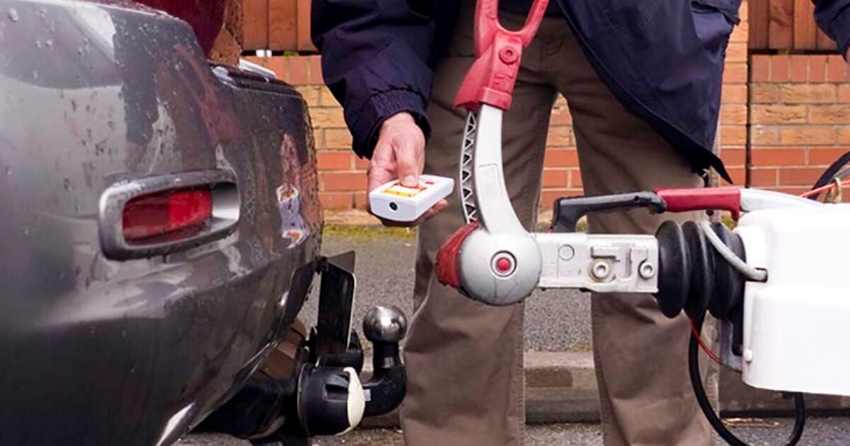
Why You Need Electric Brakes
Besides regulations, electric brakes provide a host of safety features, meaning the caravan or trailer can brake independently of the towing vehicle. This has its own benefits. Systems ensure automatic braking when needed. All-electric brakes have a breakaway feature that slams on the brakes if the trailer or caravan decouples from the towing vehicle. This needs to function for 15 minutes and bring the trailer or caravan to a safe stop. You won’t be endangering yourself or others when something goes wrong.
How Electric Brakes Work
The parts in an electric brake system ensure smooth operation. A controller (often placed in the cabin) sends an electric signal through an adapter, and this creates a magnetic field that activates magnets placed along the brakes. The more you put your foot down, the more voltage is generated and the harder the braking.
Types of Electric Brakes and Controllers
Mounting considerations
The majority of electric brakes have controllers that sit in the cabin, and this is not always practical. Both in terms of the parts involved and installation. More modern units have simple plug and play controllers with WiFi or Bluetooth connectivity and controllers fitted to the trailer or caravan and usually on or along the drawbar. This means compatibility with a range of different towing vehicles. If lending the caravan to a mate, you’ll know that you’ll get it back in one piece.
Voltage
Most controllers feed off a 12 Volt battery source, and this can be your vehicle battery or a secondary battery in the towed vehicle. Some controllers may need you to connect them to a 24V source. Before buying ensure that the system is compatible with the power source you have.
Proportional vs Time Delay Controllers
Proportional controllers measure the rate at which the towing vehicle slows down and applies the right amount of voltage to the brakes in the caravan. In-built accelerometers make braking a breeze, more controlled and smoother. In addition, there’s less wear to brake pads, drums or rotors, so maintenance costs are lower. Installing these is simple, and you won’t need an auto electrician so can save on labour costs.
There’s less tech in time delay or non-proportional brake controllers. These apply braking force at a fixed rate, meaning braking is not as smooth. They’re also harder to install. The pros though are that the braking force can be directly controlled by the driver and that these systems tend to be slightly cheaper.
More sophisticated units blend both types into dual-mode controllers. There’s a manual override function to change the braking force applied to the caravan or trailer brakes according to the conditions. This is the type to go for if you’re often towing in the bush and on unsealed roads.
Features to Look for When Buying
Buying electric brakes for your caravan can be tasking, but a few features make towing safer and easier. First, assure that your controller meets ADR requirements and steer clear from cheap imports. Your system also needs to meet the towing weight requirements for the caravan or trailer as well as be able to control caravans running on single or dual axles.
How drivers interact with the controller is also important. Look for controllers with simple to read displays and ways to control the electric brakes for caravan in time delay variants. Proportional and wireless units come with apps that allow for easy control with any phone or mobile device. Some models also have presets allowing users different braking responses, according to the load and road conditions.
Where are Electric Brakes Sold?
If you’re outfitting an older caravan with electrical braking, then check out 4WD and Ute accessory stores and those that cater to all things caravans. Both will have other towing necessities like tow bars, tow balls, towing mirrors and jockey wheels among other items. Braking systems may seem like an investment, but one that keeps you safe wherever and whenever you have a caravan or trailer attached at the back.

